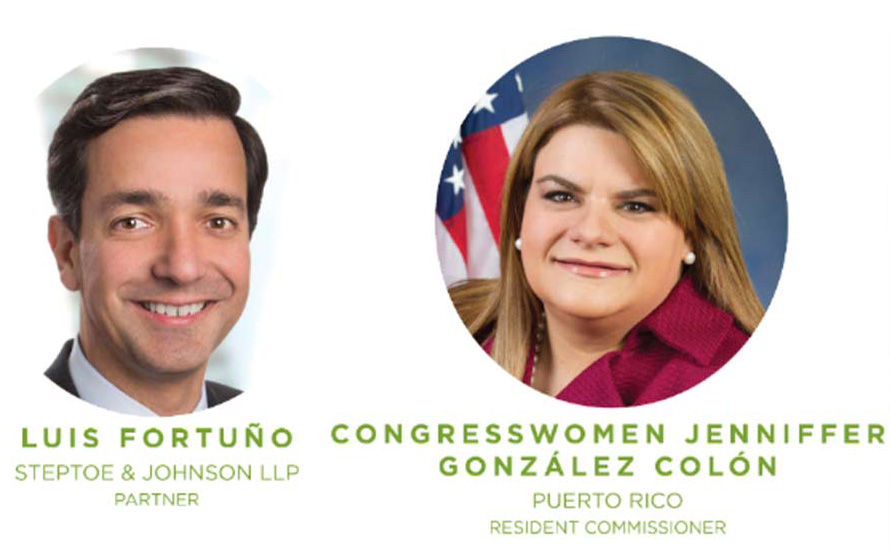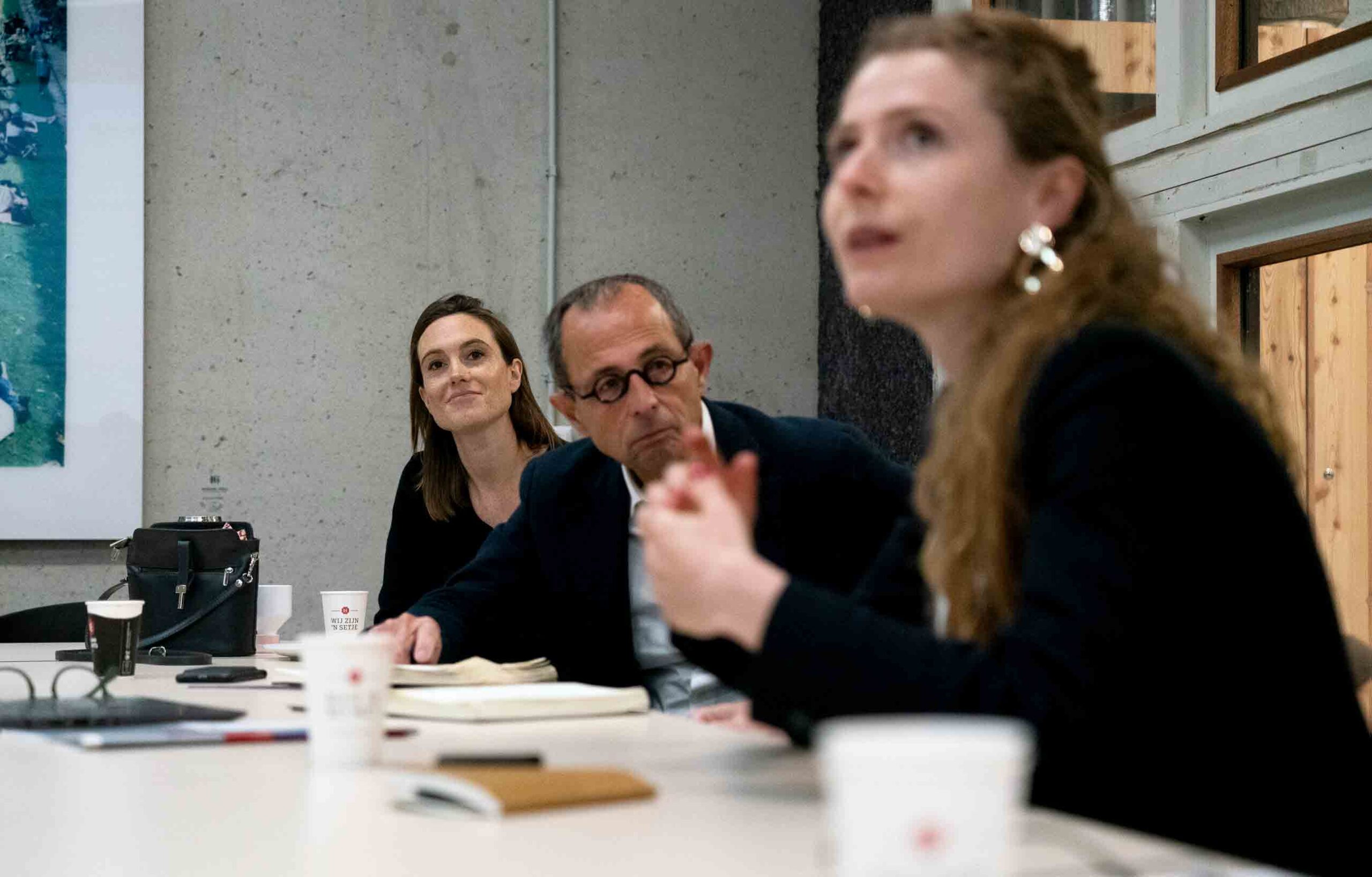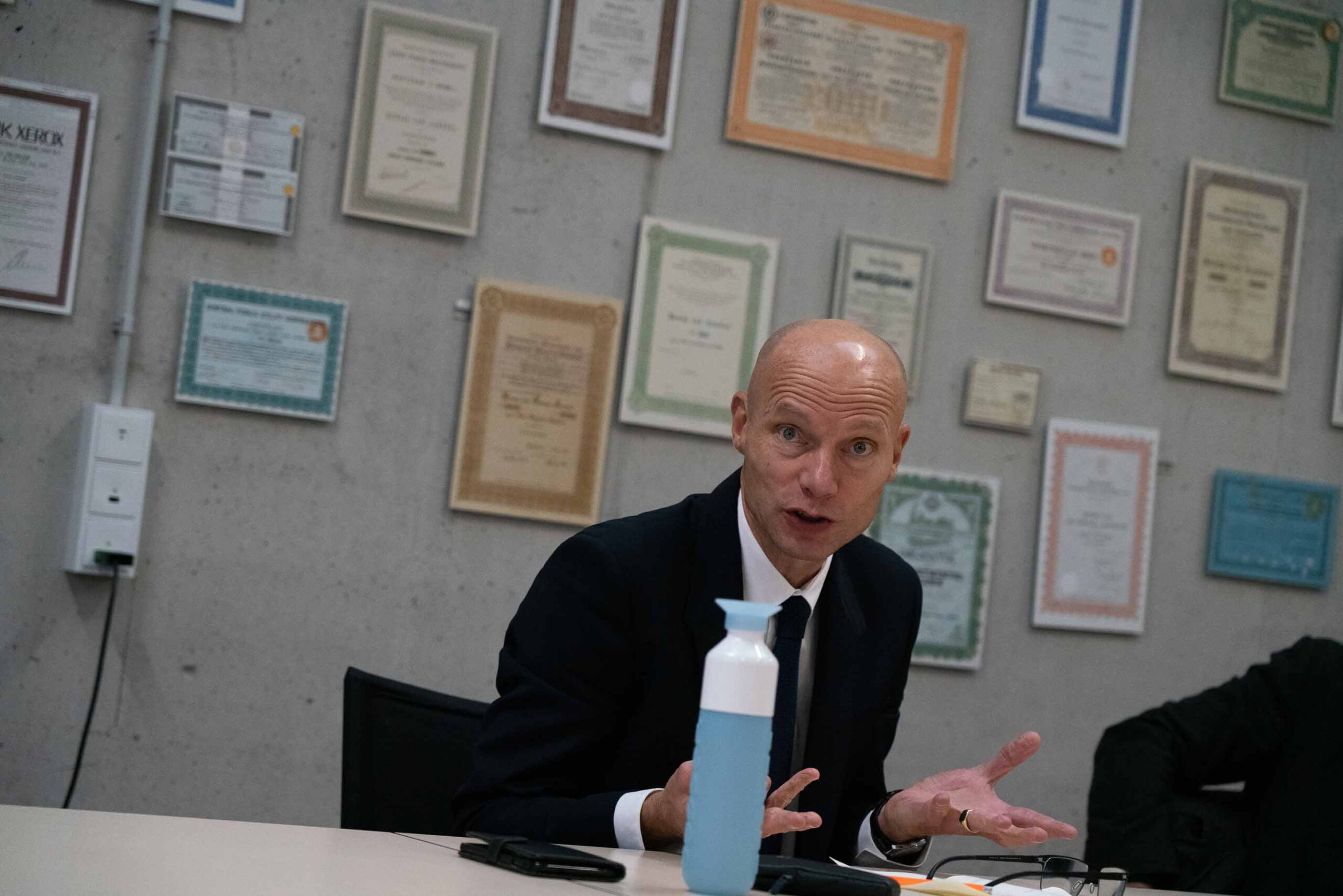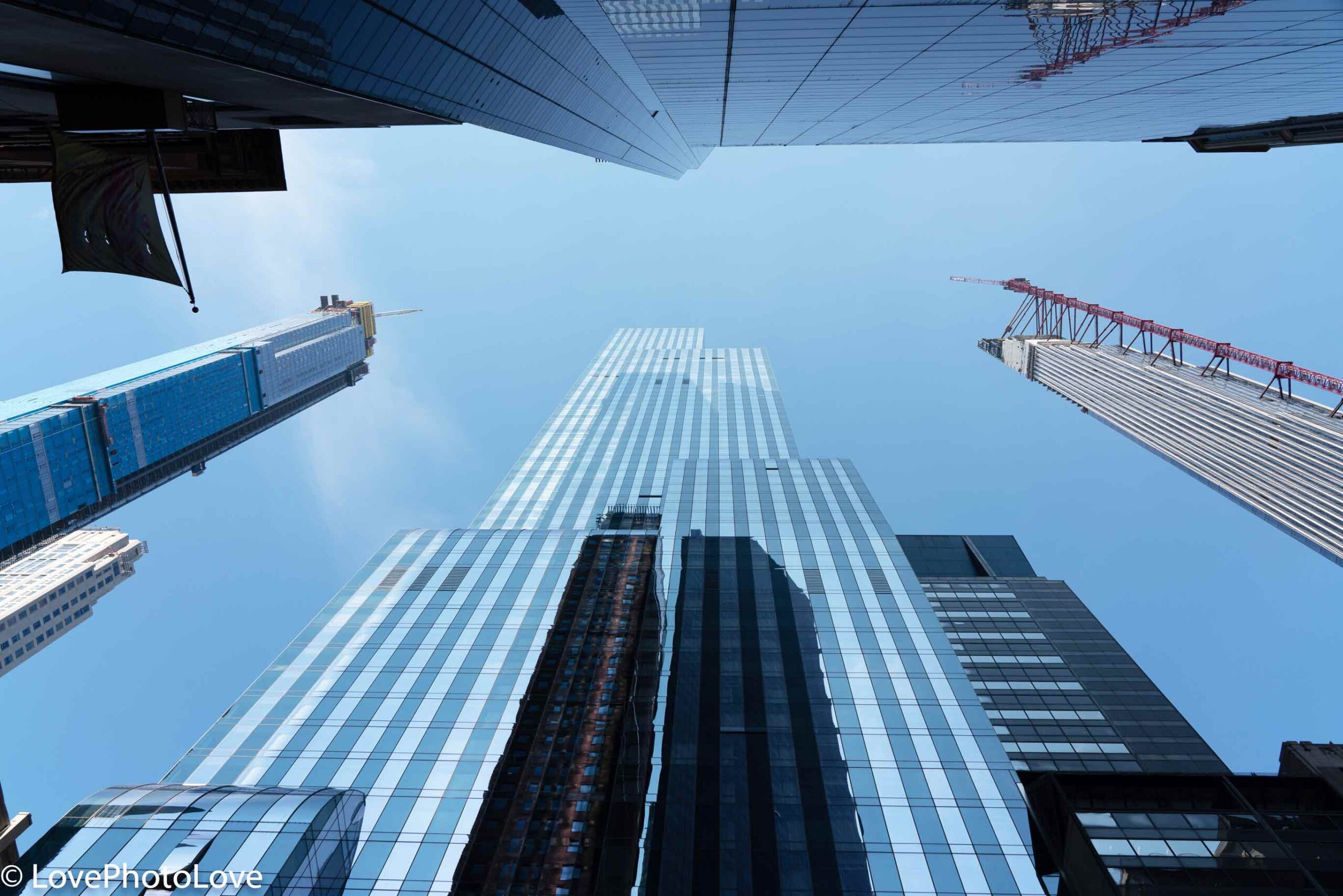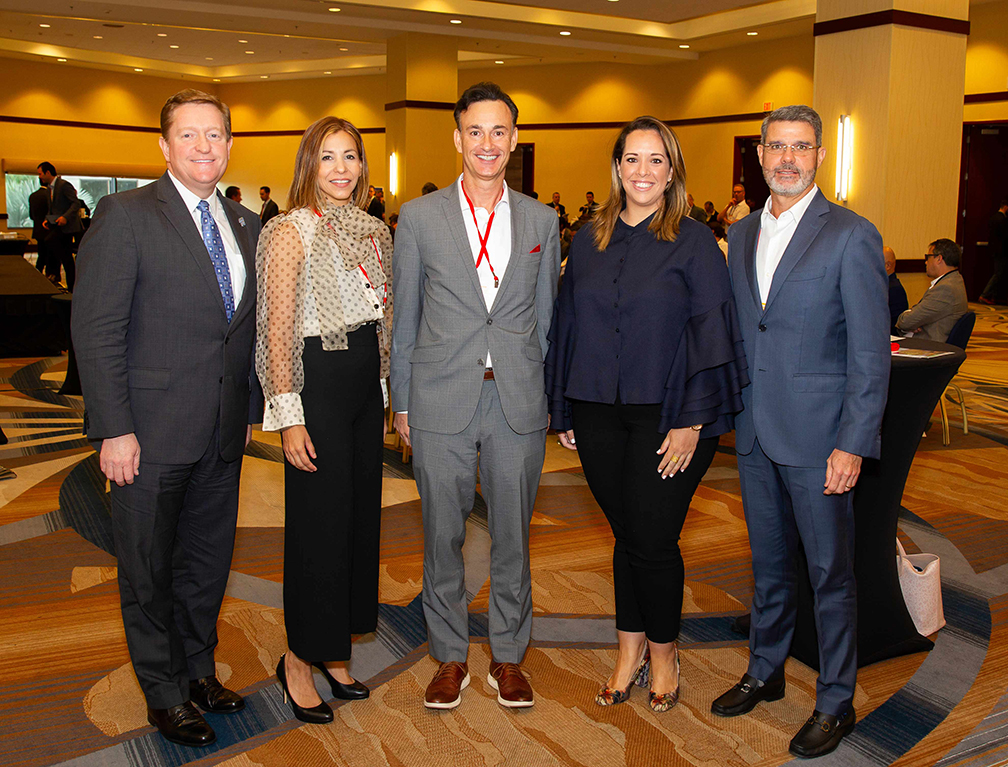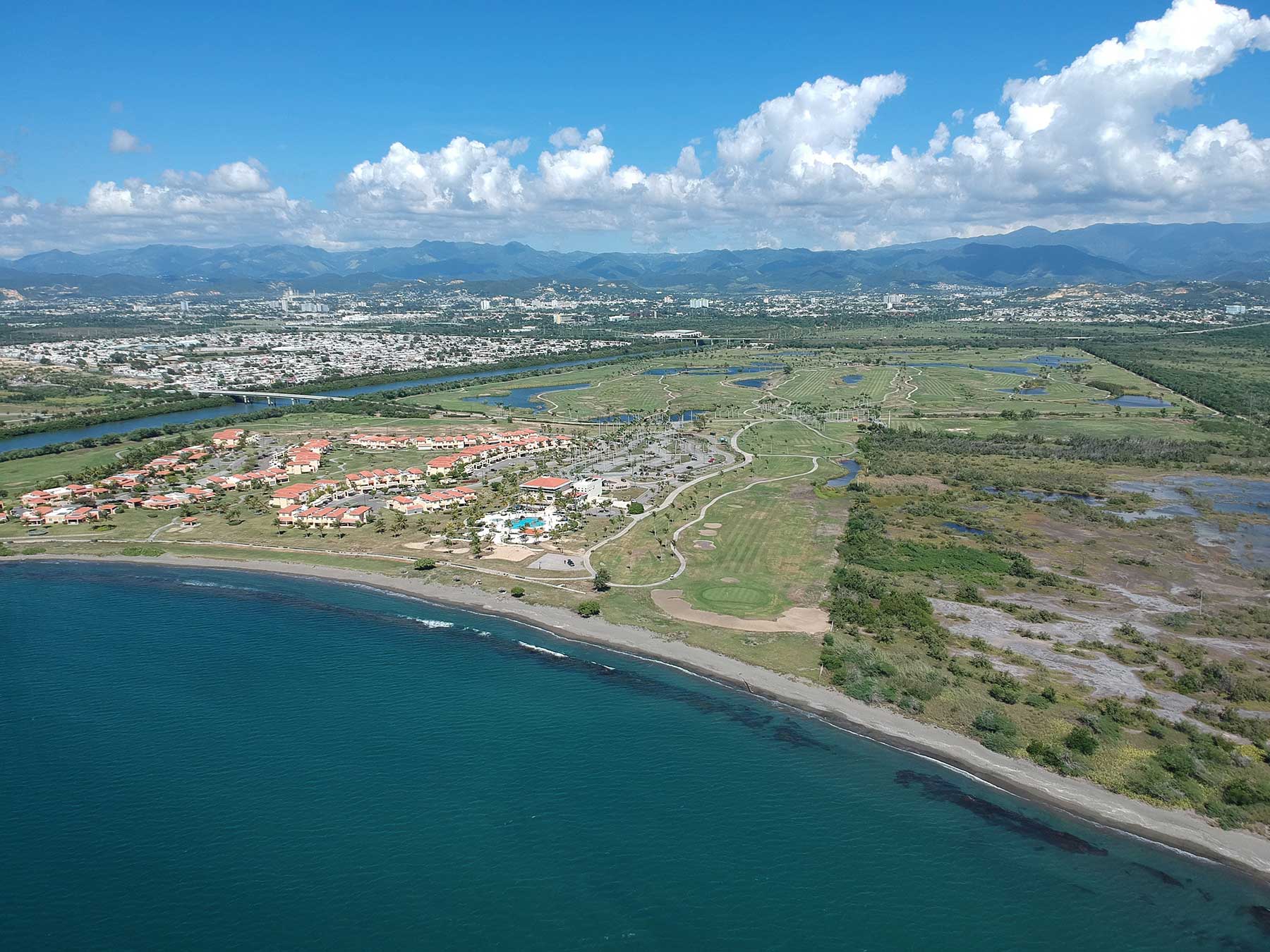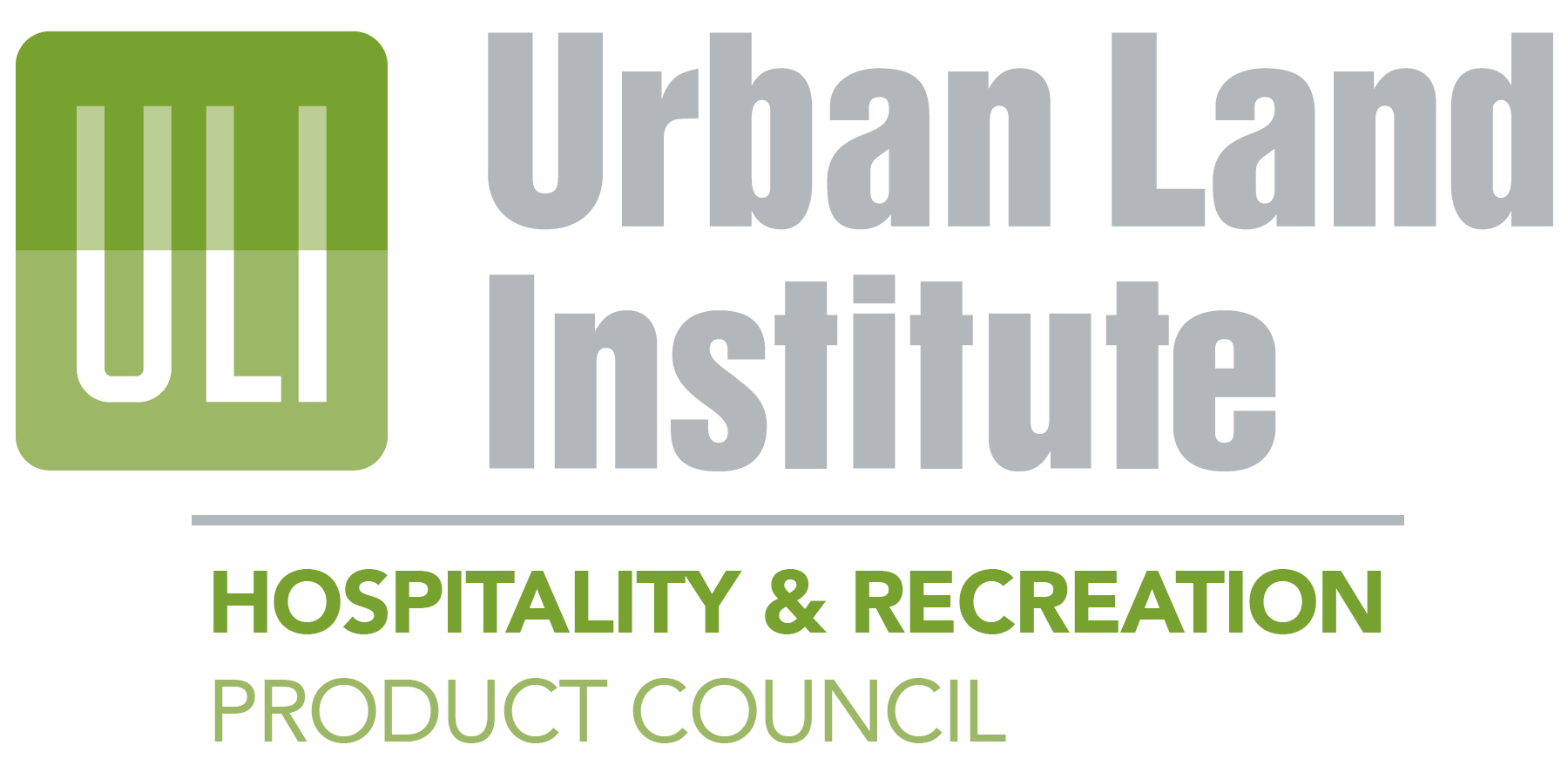Returns on Resilience in The Caribbean
Critical Manufacturing and Puerto Rico USA
Time to Bring Critical Manufacturing Back To Puerto Rico?
ULI Roundtable on Climate Resilience in The Netherlands
The Future of Tourism and Hospitality Panel
San Juan- “The Future of Tourism and Hospitality: Increasing Capacity and Competing in a New Caribbean Market”, will be the main topic to be discussed by a panel of experts on the subject, each one representing a sector in the ever-changing world of tourism and hospitality.
The chairman of the board of the PRBA, Eng. Emilio Colón- Zavala, stated that: “Through this panel, the Puerto Rico Builders Association (PRBA) will provide the space for a wide and varied discussion, which will cover the new trends in the Modern Tourism industry, as well as the importance of efficiently positioning Puerto Rico as a competitive destination in the Caribbean. Tourism with less than 7% of the islands GDP, is slated to become one of the pillars of our economic development and it is urgent to incorporate into our offer all new trends that continue to develop and evolve in the Hospitality Industry”.
The panel moderated by Adam Greenfader, Managing Partner of AG&T, will have the participation of:
- Carla Campos- Executive Director, Puerto Rico Tourism Company
- Pablo Maturana- Managing Director Development South America & The Caribbean, Hilton International
- Rachel DeLevis- Policy Associate, AirBnB
- Federico Stubbe- President, PRISA Group
- Federico Sánchez- President and CEO, Grupo Interlink
- Eric Berman- Chief Investment Officer, Lifeafar
This panel will be held on October 30, as part of the Forty-Sixth Annual Convention of the Puerto Rico Builders Association: “A Challenge to Build the Future”, which will take place at the Puerto Rico Convention Center on October 29 and 30.
###
About the PRBA
The Puerto Rico Builders Association is a private, non-profit organization. Established in 1951, its main purpose is to represent leading developers and investors of housing, commercial, office, industrial and tourism projects. The Association also represents investors, suppliers, banks professionals and companies associated with development and construction in Puerto Rico. Its main objective is to promote and lead the planned, safe and sustainable development in order to serve as the island’s economic engine, in collaboration with Puerto Rico’s public and private sector.
Puerto Rico Takes a Big Bite of the Big Apple
October 1, 2019, New York City– The Puerto Rico Builders Association takes a big bite of the Big Apple at the 2019 Bisnow National Real Estate Finance Summit. The National Real Estate Finance Summit is one of the most esteemed, high-level, and best attended event in the nation. This year was no exception with over 300 attendees from finance, capital markets, financial advisory, private equity, and real estate.
The Puerto Rico panel included Ing. Emilio Colón Zavala, President of the Puerto Rico Builders Association/ ECZ Group, Eric Berman, Chief Investment Officer at Lifeafar, Jorge Ruiz-Montilla, Capital Member and Chairman of the Real Estate & Finance Practice Group at MCconnell Valdes, Philip Carroll, Director of Finance at Royal Palm Companies and Adam Greenfader, Managing Partner of AG&T.
Ethan Penner, best known for creating the CMBS market, key noted the event with insight on “high conviction investment themes.” The Puerto Rico panel drew much interest at the Finance Summit. “We were impressed to hear from the leaders of the financial markets in New York that they see Puerto Rico as a great opportunity, explained Emilio Colón Zavala. With less than 7% tourism GDP, there is room for 15,000 more hotel keys.’
Philip Carroll of Royal Palm Companies , concurred with the assessment of hospitality demand and explained some of the island’s competitive advantages in Puerto Rico including the ability to leverage Tourism Tax credits with Opportunity Zone incentives. Royal Palm is currently developing a 1,000 key hotel and marina resort on the island.

Pictured Left to Right: Adam Greenfader, Emilio Colon Zavala, Philip Caroll, Marcial Diaz
The panel received multiple questions throughout the presentation. Of particular interest, was the level of detail and financial sophistication about Act 20/22. Jorge Ruiz-Montilla explained some of the benefits of the laws and highlighted the island’s economic and political stability.
When asked, “Why now, why invest in Puerto Rico today”, the consensus of the group was clear…the numbers speak for themselves. “Puerto Rico posted positive economic growth in 2019 and is forecasting a 2.5% GDP for 2020. We clearly hit bottom and with Billions of CDBG-DR money coming to the island in the next few years, the time is now”, quoted Adam Greenfader, who moderated the Panel.
Lifeafar, a real estate investment and hospitality firm, recently expanded their operations from Medellin, Colombia to Puerto Rico. “Puerto Rico is a place you can make a real change. Our investors want to make a good return on investment but also know they are helping to make a difference”, quoted Eric Berman.
For more information about Puerto Rico,. You can join the Puerto Rico Builders Association on October 29-30 at their annual conference. See link attached. https://www.constructorespr.com/convencion/#eventbrite
About The Puerto Rico Builders Association
About AG&T
Caribbean Hospitality Summit Draws Record Numbers
Puerto Rico Ready for Development
A Beachfront Acre For $30K In An OZ? Welcome To Puerto Rico
Published by Deidra Funcheon, Bisnow Miami
Puerto Rico was already struggling from decades of fiscal mismanagement and had just declared bankruptcy over its $123B debt when it was hit by two hurricanes in September 2017 — only to run into a botched disaster response. The way some see it, though, rock bottom is behind Puerto Rico, and the island is in the early stages of an upswing. “Puerto Rico is setting an incredible pace for economic recovery,” said Brad Dean, CEO of Discover Puerto Rico, a destination marketing organization that promotes the commonwealth. “Airport arrivals are exceeding pre-Hurricane Maria levels, as are lodging revenues. Given the quick rebound, reinvestment in hotel product and tremendous potential for the island’s tourism industry, this is Puerto Rico’s time. From an investor’s perspective, there’s never been a better time to invest in the island’s tourism industry.”
Buildings and infrastructure are still being repaired and upgraded, and the government has instituted a full slate of tax incentives to lure investors, said AG&T Managing Partner Adam Greenfader, who advises clients from his base in Miami. “You can still acquire assets for 50 cents on the dollar,” he said. “Beachfront land in Puerto Rico today can still be acquired at $30K an acre.” Dean and Greenfader will be panelists at Bisnow’s Caribbean Hospitality & Tourism Summit Aug. 1. Puerto Rico’s economic spiral goes back decades. After World War II, it gave big tax breaks to manufacturers, and to cover for revenue shortfalls, issued more bonds than it could repay. In turn, it implemented austerity measures that did little except drive the population away. Its problems were exacerbated by that fact that it has no voting power in Congress.
Greenfader outlined some key developments toward a turnaround. Puerto Rico’s cash-strapped government has tried to lure investors with laws like Acts 20 and 22, passed in 2012 and designed so that people who move to the island pay little or no federal income tax, even on passive investments. Greenfader said this has attracted 250 to 500 families per year, including big names such as billionaire John Paulson. Other incentives include one that lets people with tourism-related projects get back 40% or 50% of their acquisition costs.
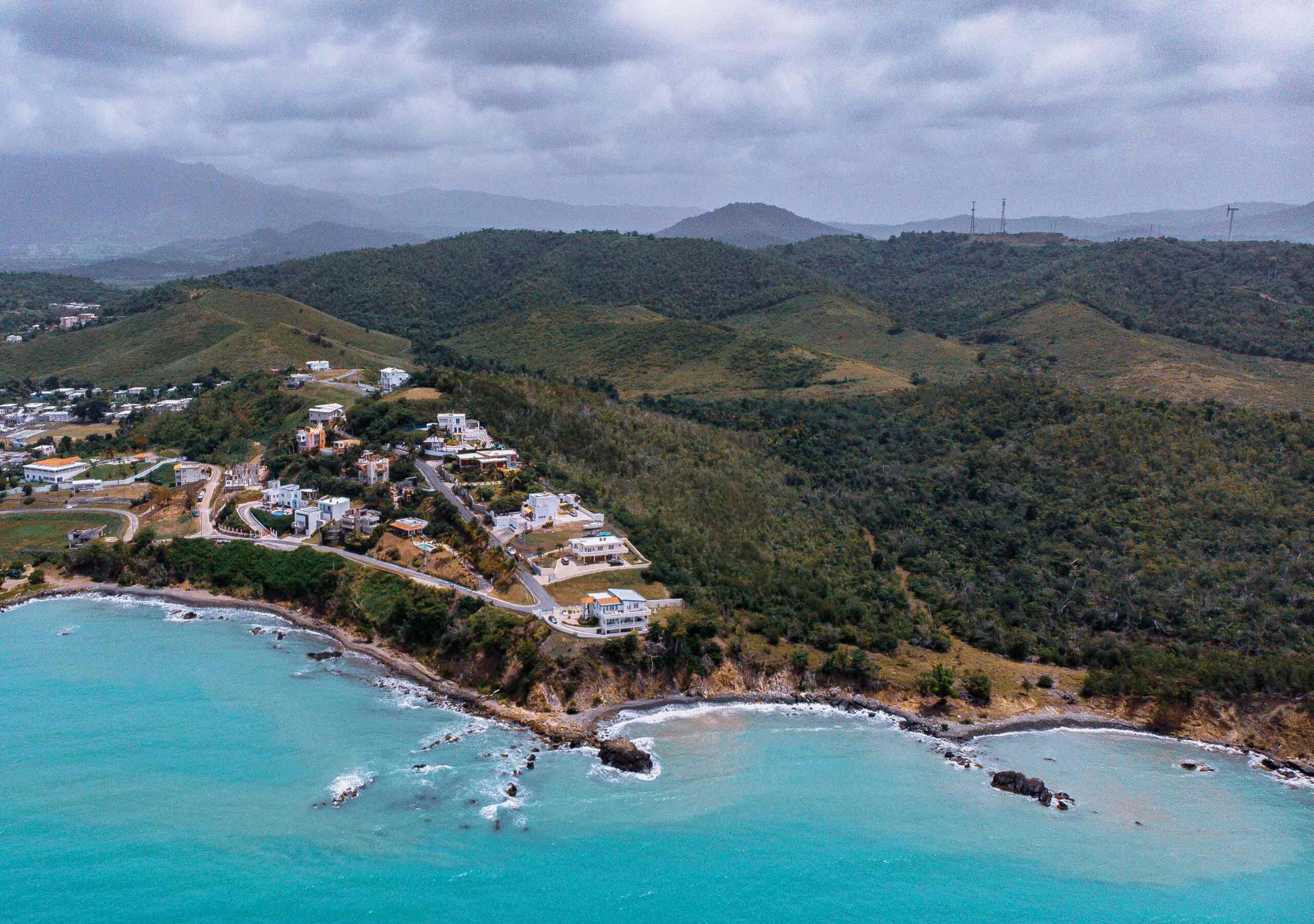
Puerto Rico’s massive government debt is currently being sorted out by a federal oversight board. “The major bonds, COFINA and GO, have been renegotiated and the bondholders have been put into payment plans,” Greenfader said. Since the 2017 hurricanes, federal disaster aid — including $1.4B authorized in June — has trickled in. Hotels damaged in the storms were forced to remodel or rebuild and are now offering better products at higher rates. Many are incorporating solar and microgrids to be resilient for the future. The storms raised the profile of Puerto Rico — one study found that prior to them hitting, about half of Americans hadn’t known the commonwealth was part of the U.S. Airport arrivals and tourism revenue have already set records this year. On top of this, Puerto Rico is the beneficiary of community development block grant funding, and 97% of the entire commonwealth — much of it beachfront — has been designated a qualified opportunity zone. “Puerto Rico never had a 1031 exchange, so from a tax perspective, it’s the first time it’s getting capital gains money,” Greenfader said.
Lifeafar Investments Chief Financial Officer Cole Shephard, who will also be a panelist at the Bisnow event, said his Colombia-based company is already taking advantage of Puerto Rico’s investment climate, raising $16M in an opportunity fund to reposition a 61-room hotel. Shephard said Lifeafar, which started by offering real estate services to expats in Medellín, was drawn by the tax incentives and that the opportunity zone designation was a bonus. He is now doing due diligence on additional properties. “I see the sophisticated money chasing metro San Juan,” he said, suggesting that there is a lot of opportunity for small to mid-market projects outside of the city. Not everything in Puerto Rico is rosy.
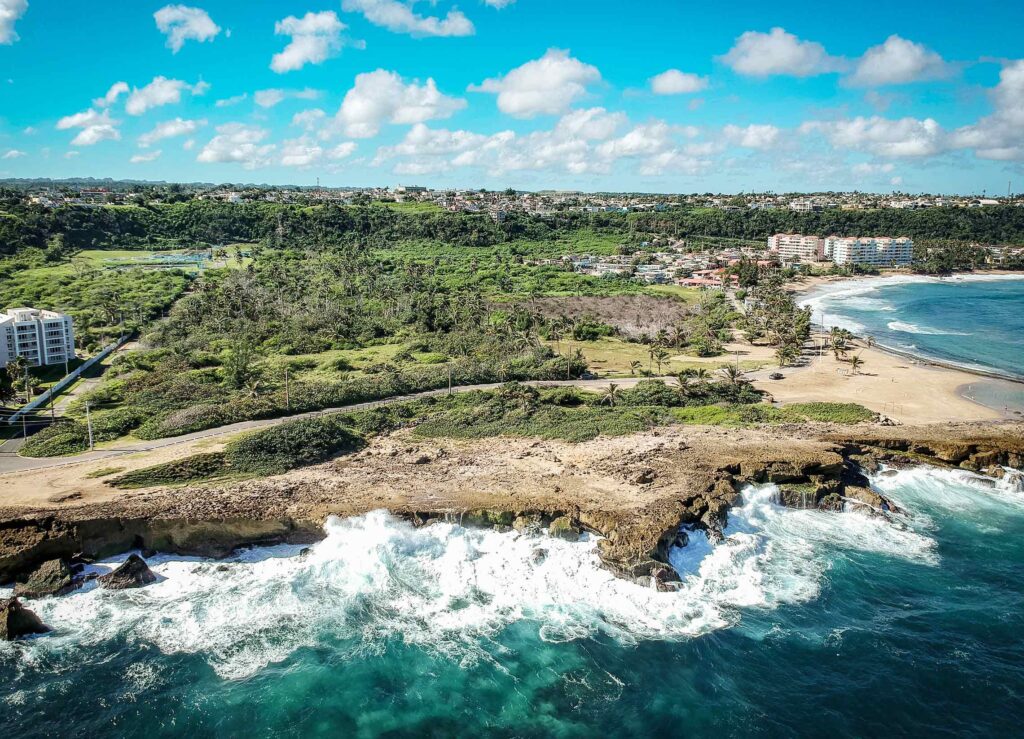
As the government has scrambled to generate revenue, sales tax was raised to 11.5%, pensions have been cut, college tuition increased and some 300 public schools closed. Critics have complained that wealthy investors have been protected while ordinary Puerto Ricans suffer. “The locals have had to carry the brunt of these austerity measures,” Greenfader acknowledged. “I’d understand completely, if I see a guy who’s a hedge fund manager with $500M earnings pay hardly any taxes, versus the regular guy paying 35% taxes who’s a salaried worker at Bacardi,” Shepherd said. But Shepherd added that conversations with Puerto Rican officials convinced him they have carefully calculated the tradeoff and found that luring private investment now will help island residents long-term, even though it may take years for the effects to be obvious.
Greenfader suggested that boosting tourism is a winning solution for both investors and residents. Because Puerto Rico since the Kennedy era has been focused on manufacturing, its tourism industry was relatively neglected. The industry now accounts for less than 7% of Puerto Rico’s gross domestic product. In other Caribbean islands, that number is typically between 30% and 80%. Dean’s destination marketing organization, Discover Puerto Rico, was established last year to actively promote tourism. Bisnow’s Aug. 1 Caribbean Hospitality & Tourism Summit will also include Puerto Rico Tourism Co. Executive Director Carla Campos, Hilton VP for Development Juan Corvinos Solans, Puerto Rico Builders Association President Ing. Emilio Colón Zavala and more.
ULI Hospitality and Recreation Council – Puerto Rico
The ULI Hospitality and Recreation Council met this month to discuss some of the recent trends and opportunities in the hotel industry. Big shout out to the whole leadership team – to Robbie Carver and Ari Tenzer specifically for putting together an amazing panel of speakers.

Puerto Rico this year was top of mind at ULI Hospitality and Recreation Council. Several speakers highlighted new opportunities in hotel investment and other tourism activities. While it is part of the HRDC guidelines to keep specific project information confidential, I would like to shed some color on recent events happening in Puerto Rico that is leading to this renewed interest and demand.
- Limited Tourism Supply – to date there are about 14,000 hotel keys in Puerto Rico. Most of the supply that was damaged in the hurricanes has been improved. Occupancy rates hover 80% and ADRs have been increasing every year for the last five years. A recent market study by the Puerto Rico Builders Association, shows a demand for 30,000 keys in next decade.
- Liquidity – in the last six months the resolution of Puerto Rico debt has made significant progress with better than expected returns on the top tier bonds of Geo & Cofina.
- Pro-Business Government – For the first time in almost two decades, the island has a government that is actively seeking private investment.
- Tax Incentives– The Tourism Hospitality tax incentive provides up to 40% back on capital investment for hotel and other tourism related projects.
- Other Tax Incentives– Law 20/22 has has resulted in 1,200 high net worth families moving to the island as well as 175 service companies, and 75 independent financial corporations.
- Better branding – In 2018 the DMO (Destination Marketing Organization) was launched with the goal of bringing better and more consistent messaging to Puerto Rico’s tourism and industry.
- Puerto Rico USA – After the 2017 hurricanes, 82% of the US recognizes Puerto Rico as being “part of the United States.”
- 80+ Billions of dollars – This robust allocation will stimulate the economy in the short term and hopefully provide a launching pad for long term economic growth through CDBG-DR, FEMA, HUD, LHTC, SBA, and other programs.
- Opportunity Zones – applies to approximately 97% of the island of Puerto Rico. This should de-risk equity investment and reduce the gap in cap rates between stateside and island investment opportunities.
- Public-Private Partnerships – The P3 laws in Puerto Rico are some of the most modern in the world allowing direct pass-through of payment from consumer to sponsor. The current administration has placed a strong reliance on unsolicited P3 bids – in other words it is recommend that you submit your own idea of a tourism related project.
- New Infrastructure – The soon to come sale of the electrical authority (PREPA) and other antiquated government facilities will dramatically reduce costs across the entire economy. This will make the hospitality sector in particular more competitive.



